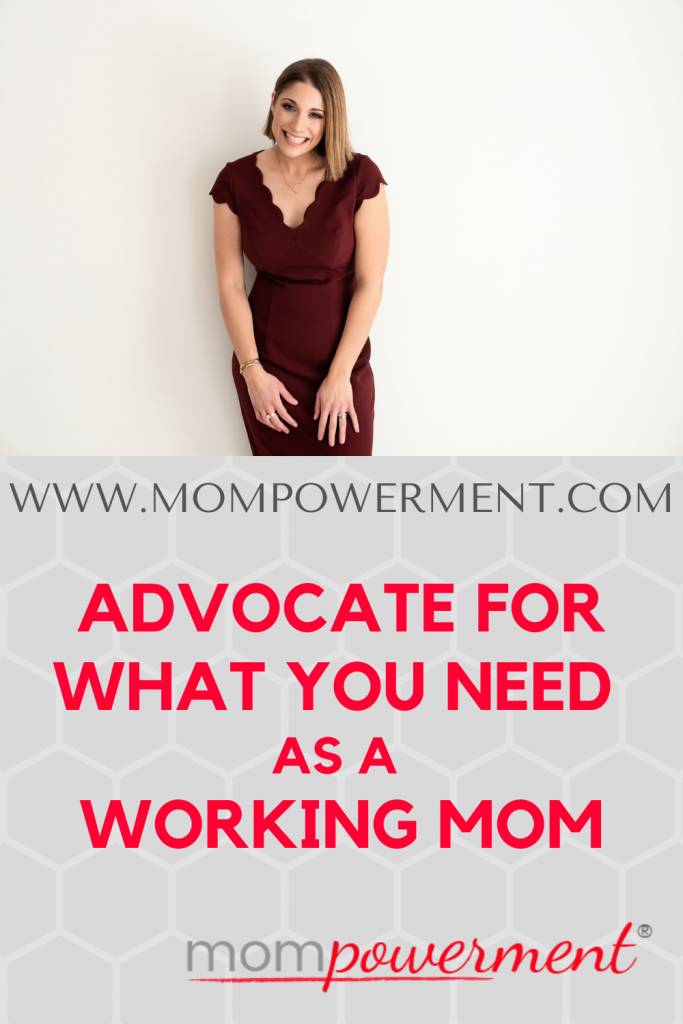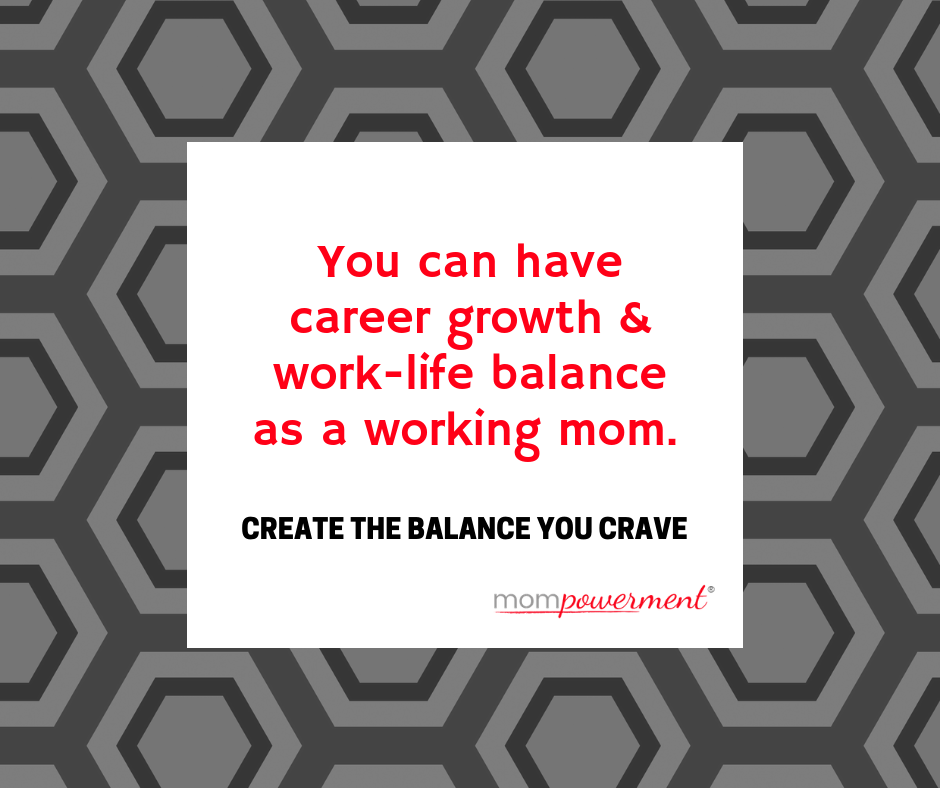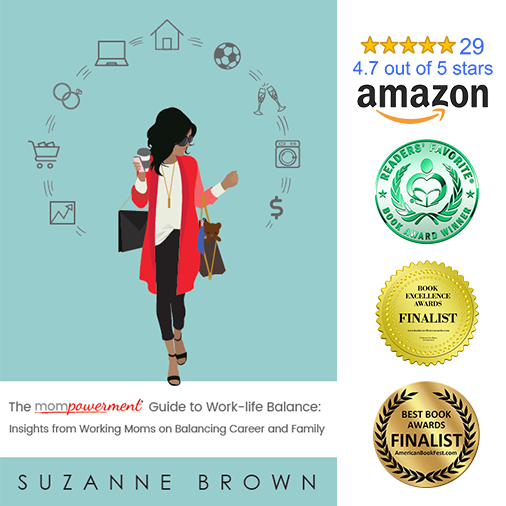
I was thrilled in 2018 when Alissa Carpenter had me on her podcast, Millennial Playbook. I was even more thrilled when she agreed to be one of the quotes on the back of The Mompowerment Guide to Work-life Balance. We’ve stayed in touch over the past few years and I’ve followed her successful career and endeavors. There are so many nuggets in Alissa’s story. What I thought was so relevant for other working moms is her ability to advocate for what she needed as a working mom early-on in her career.
Creating a New Business
After studying a Master of Education in social and comparative analysis in education, Alissa started her career in higher education administration, where she advised undergraduate students. While working with students, Alissa saw something that eventually led to a new business. “I noticed a trend where students would come to my office and share what was really going in on their lives. They were very honest, vulnerable, and transparent. Then when I would see them with their peers, their tune quickly switched to ‘everything is great.’”
She realized that this doesn’t only happen to students. This also happens in the workplace. “We all face different issues and think that being vulnerable makes us ‘weak’ or ‘unlikeable’ when, it actually helps us relate to our colleagues, peers, supervisors, and friends.”
To explore this, in 2015 Alissa started a side hustle, Everything’s Not OK and That’s OK. She focused on career coaching young professionals who were looking to find their place in the professional world.
By 2017, she was ready for this to be her full-time focus. She decided to pivot to work with companies and organizations and provide training and speaking on bridging communication barriers to create more inclusive workspaces. Since starting her full-time business, she has done a TED talk, hosted Humanize Your Workplace podcast, and just launched her book and subsequent program that brings the book content to life (which also enables HR professionals to earn recertification credits!).
Work time
Alissa is often traveling for speaking engagements and trainings at a client’s office. When she is home, she wakes up before her kids so she can get started on work. She takes them to the bus, goes to a workout class, and she is home by 10 (during a normal school year). From there, she works until she or her husband pick up the kids from the bus and get the kids settled and help with homework.
Although Alissa’s schedule is not always consistent, she tries to eat dinner with her family and then hang out until they go to bed. If there is additional work that needs to be done, she will finish up after her kids go to bed.
What does childcare look like?
Her kids (ages 7 and 10) are in school during the school year or camp full time over the summer. Her husband also works from home and travels, so communication is key in making sure the kids are taken care of. They sit down and review their monthly work schedule to ensure one of them will be home and if they both need to travel for work at the same time, one of their parents helps. (Yay for help from grandparents!) When her kids were younger, they did longer stays at daycare but since both started elementary school, they no longer go to aftercare.
I’ll add that sharing your calendar with your spouse on a monthly or weekly basis is something I heard from some of the moms I interviewed. It makes for a better partnership when it comes to covering any childcare or household issues. (It’s really made a difference for my husband and I while self-quarantining.)

Thoughts on work-life balance
“Work-life balance is about creating a life where my family and I can financially afford to and actually take vacations, spend time together, and create new experiences,” Alissa shares. She admits that her balance can get blurred as she works from home. There is always “another email to respond to or something else to do.” She finds it incredibly important to create and maintain boundaries and remind herself of why she is working so hard.
Advocate for more flexibility
Alissa shares that over time she was able to make all of her roles flexible because she advocated for an alternative schedule. “I showed that I was a hard worker, dedicated to the organization, and was able to get the work done on alternative hours.” And having the flexibility to have a day off or come in early and leave early made a big difference in finding balance.
Her last full-time job was a 1.5 hour commute each way. While she enjoyed what she was doing, the commute started to take a toll on her mental health. It was far to travel, and she missed a lot of events that were important to her kids. The added flexibility made it more feasible to get in more quality time with her family.
This concept of needing to advocate for what you need as a working mom came up several times in the interviews. It’s not enough to do good work and hope someone notices. And suffering in silence doesn’t help anyone and might lead you to leaving a job that you actually enjoy. Being able to advocate for what will set you up for success really matters. And, often your manager wouldn’t recommend a shift in how you work without your speaking up.
Challenges of entrepreneurship
“Working for myself, it feels like a lot more at stake. Although I have no official boss, I have my clients to report back to and meet their objectives,” Alissa comments. To do this, Alissa has learned that consistent communication around expectations and goals is essential.
What are you working on right now that you’re excited about?
“I am very excited about the launch of my new book, How to Listen and How to Be Heard: Inclusive Conversations at Work and the Inclusive Workplace Communication Certificate program. The book is a guide on how to empower yourself and others to communicate with people who think, act, and experience things differently than you do, and do so with more confidence, candor, and authenticity.
The certificate program is a 12-week experience to further bring these concepts to life. It comes with the ebook, 11 workbooks, 12 90-minute weekly sessions. HR professionals can earn 18 recertification credits by completing the program.”
Advice for other working moms:
- Give yourself some wiggle room. Finding balance is not easy and is something that will always change. Just when you think you have it down, a new thing might get tossed your way.
- Engage your tribe. Use your network, ask for help, and be honest about what you need. Consider trading babysitting with friends. You and a friend can also switch off on grocery shopping or carpooling for you to both find a better balance.
- Step away from work. Having access to technology to respond to another client email or take another call can make it harder to disconnect. Make sure to set and maintain boundaries.
How are you going to advocate for what you need as a working mom? Are there changes in your flexibility that you’re looking for long-term?
Don’t forget that there is a whole chapter on how to talk to your manager in The Mompowerment Guide to Work-life Balance. You can use the questions to have a strategic conversation with your manager so you can advocate for what you need as a working mom. And you can download a template so you don’t have to start from scratch.


